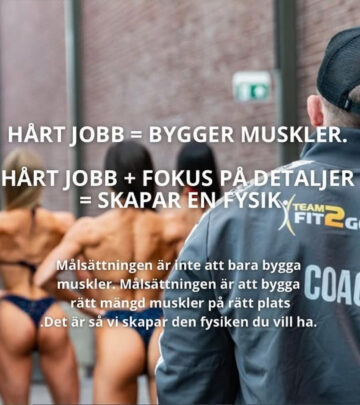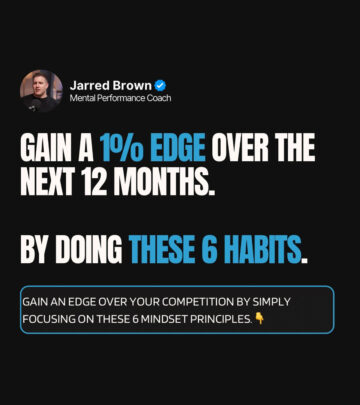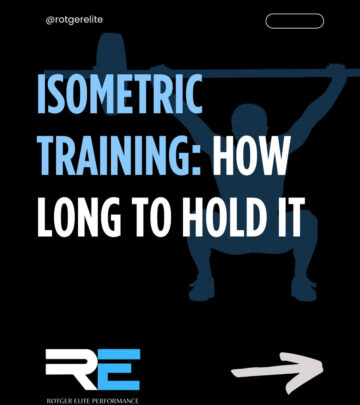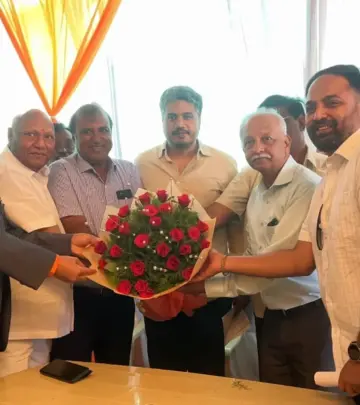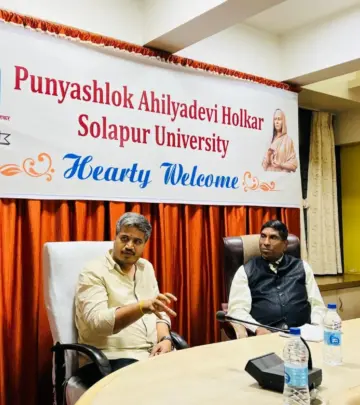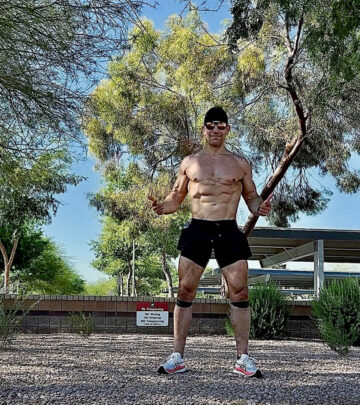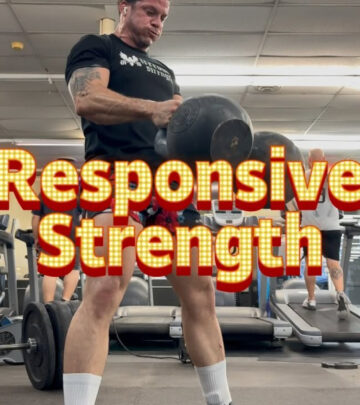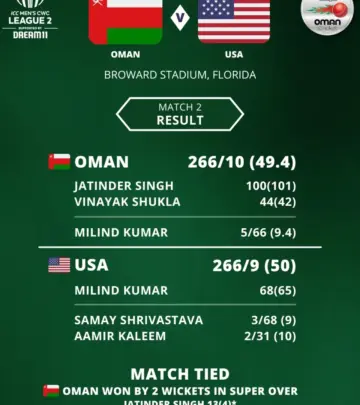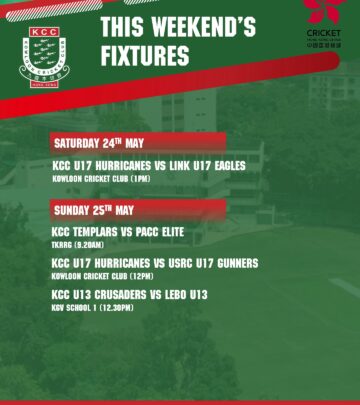Bowler Mechanics: Why Some Bowlers Rise And Go Forward
Innovative insights from training guru Steffan Jones: vestibular cues in bowling dynamics!
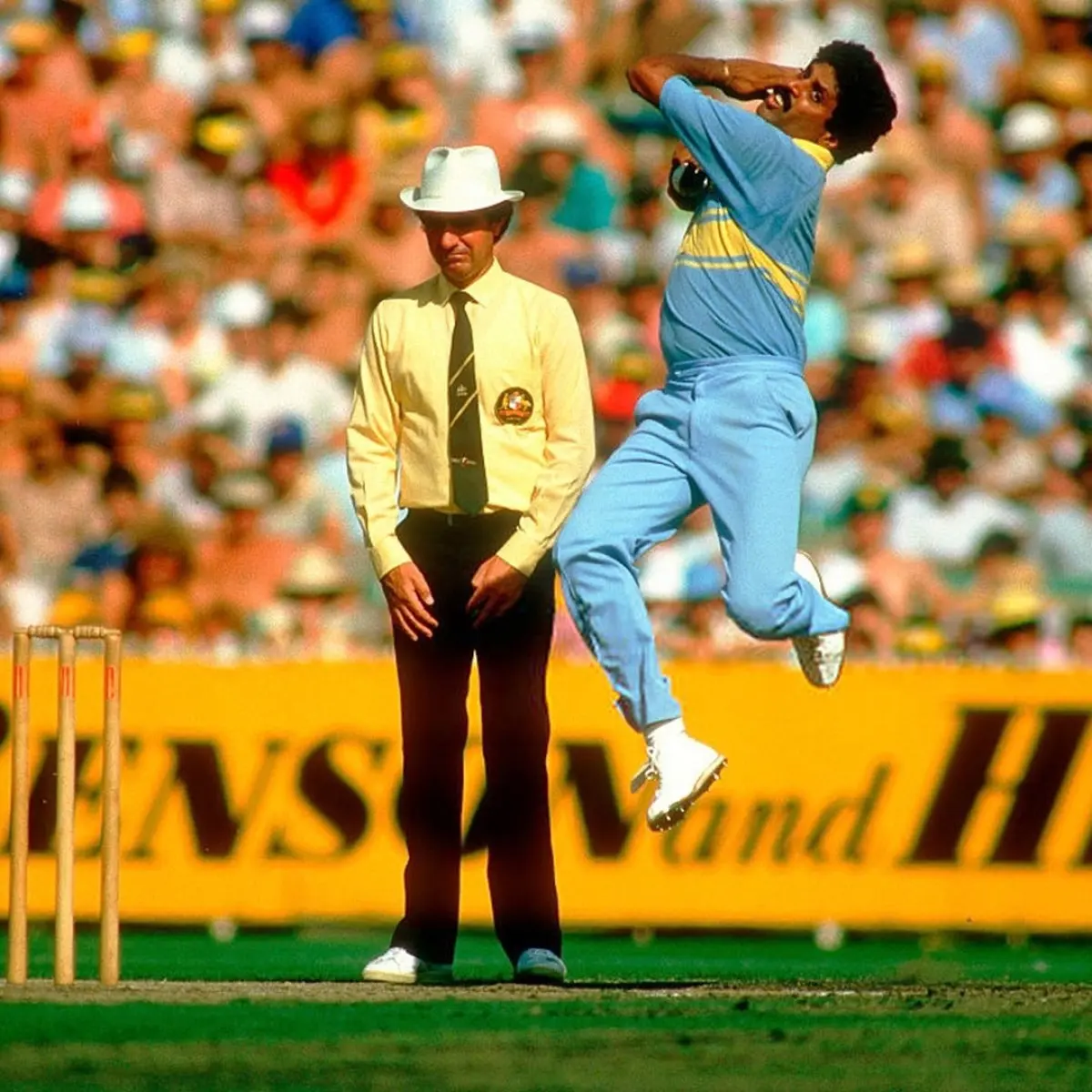
Image: Instagram
Steffan Jones, a respected figure in sports performance coaching and a driving force behind the PaceLab principles, recently shared an intriguing observation: “There is a reason why some bowlers go up and why some go forward. It may not be what you think.” This simple caption, bolstered by hashtags like #vestibular, #motionsensors, and #pacelabprinciples, opens a window into the increasingly scientific approach to fast bowling. In a field where biomechanics and individualized training methods are becoming central, Jones’s insights invite a fresh look at what separates effective bowlers from the rest.
Bowler Mechanics Unveiled
Steffan Jones’s post isn’t just about an odd quirk observed on the field; it’s a call to reexamine how bowlers harness their natural biomechanics. The notion of some bowlers ‘going up’ rather than just moving forward points to the body’s complex vestibular system—a network of sensors that influences balance, spatial orientation, and reaction timing. This is a fundamental aspect of fast bowling that aligns with many of the observations made by modern sports scientists. Instead of adhering to static coaching models, Jones and his colleagues at PaceLab advocate for a data-driven understanding of each bowler’s unique mechanical fingerprint.
For instance, in one of his previous Instagram posts, Jones questioned the outdated methods that push athletes to change their technique without addressing the underlying cause. He mused, “Are you still using a coach that’s trying to get you to change technique without changing how to get to that technique?” This emphasis on understanding the cause before expecting changes in the execution is central to his philosophy. It’s about reading a bowler’s natural cues—whether that means rising at the right moment or optimizing the forward drive—to ultimately build a more efficient and responsive delivery.
Training Innovations And Biomechanical Thinking
Jones’s approach is increasingly relevant as the cricketing world evolves. Traditional models that rely solely on repetition and anecdotal guidance are giving way to biomechanical, sensor-driven training methods. Using motion sensors and vestibular insights, coaches working with PaceLab are now able to tailor training regimens to each athlete’s distinct physical makeup and performance needs.
The modern fast bowler’s training regime might include analyzing micro-signatures—small, almost imperceptible cues that indicate optimal force transfer and energy conservation. Jones’s work, highlighted by his frequent references to concepts like ‘structural bias’ and the risk of stripping a bowler of their natural superpower, underscores a broader trend: training should be as dynamic and individual as the athletes themselves. In one of the related posts, he remarked, “Your training program should never strip a bowler of their Superpower in an attempt to build robustness.” This idea reflects an emerging consensus that no two athletes are alike, and therefore, their training methodologies must consider individual biomechanical variances.
Adapting Techniques On The Field
Jones also challenges the long-held belief in rigid consistency. Some of his recent posts have highlighted that a bowler’s run-up — long considered sacrosanct — should in fact be adaptable. In a notable post, he pointed out, “You don’t train to not change. So the run up should be changing every season if your training is working.” This perspective is a stark contrast to older coaching paradigms which prized uniformity above all else.
In fast bowling, every element—from the impulse stride to the arm’s follow-through—is the culmination of both conscious action and reflexive movement. The interplay between these components determines the bowler’s efficiency. Jones explains that once a bowler reaches top speed, the movement becomes reflexive. This means that any training program must not only develop strength and conditioning but also fine-tune the athlete’s neuromuscular responses. The body learns to adapt, and with the help of modern sensors and motion analysis, these adaptations can be measured in real time.
The emphasis on technology and individualization in training is reshaping coaching strategies across the game. Jones advocates for training models that incorporate live game scenarios and stress-based adaptations rather than sterile, repetitive net sessions. This shift is vital as bowlers are required to respond to different pressures during matches—changes that laboratory settings might not replicate.
Evolving The Coaching Paradigm
Steffan Jones is not only focused on the technical aspects of bowling but also on the importance of evolving coaching methodologies. He challenges coaches to move away from one-size-fits-all approaches and adopt frameworks informed by dynamic systems theory, constraint-led training, and motor learning. By doing so, coaches can help bowlers not only preserve their natural strengths but also amplify them when it counts most. In essence, his teachings emphasize that true progress in fast bowling comes from understanding and respecting each bowler’s unique biomechanical design.
Jones’s latest post, while seemingly brief, encapsulates a larger dialogue occurring in sports today. It’s a reminder that innovation in athletic training begins by listening to the body’s signals and adapting techniques to optimize natural abilities. By leveraging motion sensors and a deeper understanding of vestibular mechanics, modern coaches can empower bowlers to elevate their game—both literally and figuratively.
With such insights, it is clear that the evolution of fast bowling is well underway. As science and sports merge, the art of bowling is no longer solely about power and pace—it’s about precision, timing, and individual excellence.
Read full bio of Joyce



